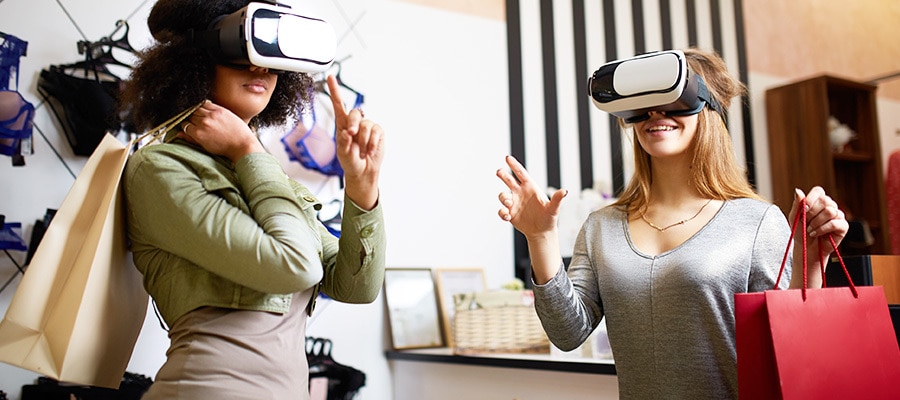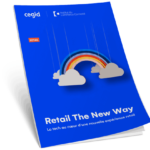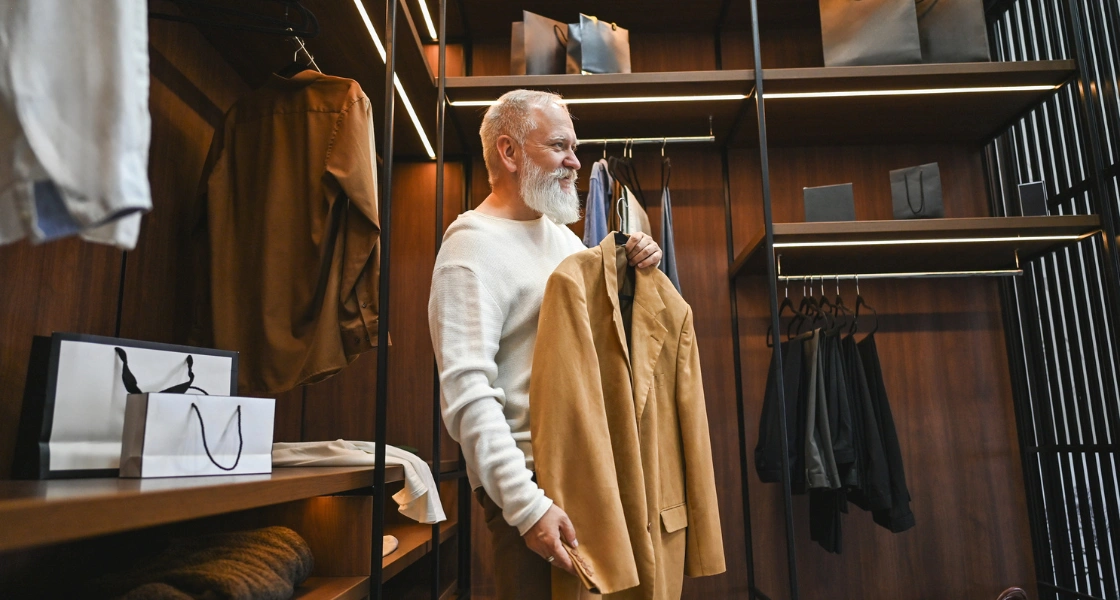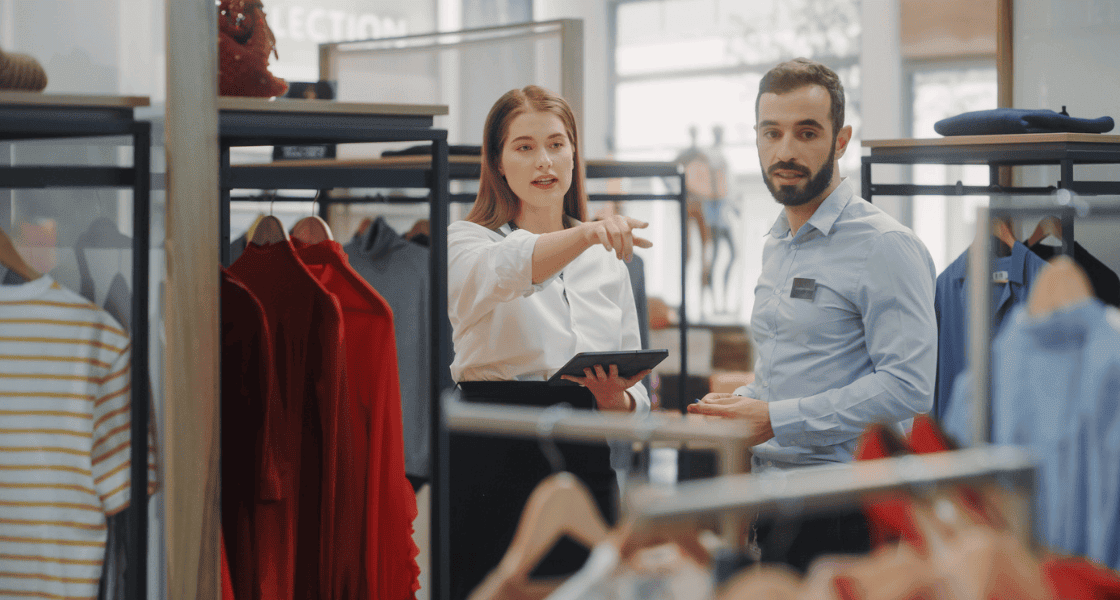Retail
8 New Retail Trends Due to Covid-19
Published on 12 June 2020
Modified on 11 April 2023

1. Accelerate Digital Transformation and Omnichannel.
Omnichannel transactions such as click-and-collect, buy online, pick up in-store (BOPIS) and ship-from-store were already growing at a fast clip before the pandemic. Then suddenly, alongside e-Commerce, they became a primary way of doing business for many retailers. Analysts expect interest in these services to accelerate even as more locations allow consumers to re-enter stores. Some shoppers will remain wary of in-store shopping until a COVID-19 vaccine is available, and the newfound convenience of picking up orders locally without having to shop will permanently convert some consumers. Retailers need to move past temporary workarounds and accelerate adoption of the platforms and processes that enable seamless omnichannel experiences.

2. Optimize Inventory Management.
Processes such as click-and-collect quickly expose inconsistencies and visibility limitations in current inventory processes. To deliver a satisfying customer experience, retailers must be able to serve, sell and fulfill from anywhere. Retailers need to accelerate plans to replace siloed data stores with a single, centralized, real-time platform, and keep it constantly refreshed with updated inventory levels so they can support omnichannel and make timely, informed decisions. This not only ensures a store can fill that click-and-collect order in an hour, but it also allows the retailer to leverage fulfilment points, satisfy customer demand faster, and reduce costs and its carbon footprint.
3. Increase Social Responsibility and Sustainability.

Frontline workers rose to the top of public consciousness in the early days of the pandemic. Retail workers were honored as heroes, and brands that rewarded their essential workers with higher pay or continued paying and providing benefits to staff through the shutdown, were heaped with praise. This awareness built on already growing consumer interest in rewarding those businesses that demonstrate higher levels of social and environmental responsibility—conscientious sourcing, organic materials, keeping products out of landfills, and more. Expect heightened scrutiny moving forward—and competitive advantages for retailehttps://www.cegid.com/en/blog/retail-fashion-industries-committed-helping-fight-covid-19/rs successfully embracing this approach.
4. Expand Local/Nearshore Sourcing.
The pandemic also exposed the risks in retailers’ long supply chains, particularly for in-demand products like hand sanitizer. Expanding the portfolio to include nearby suppliers not only helps mitigate disruption, but also serves already growing interest in locally sourced goods that sustain consumers’ own communities.
5. Move Apps to SaaS.
Cloud-hosted applications were already a mature trend in retail, but the pandemic added more reasons to step up migration to the cloud. Among many other benefits, cloud-based apps enable retailers to leverage their applications from anywhere, supporting quick-turn changes to the business, like processing transactions at the curb and enabling headquarters staff to work from home. SaaS-based applications also pull from Opex rather than Capex budgets, enabling retailers to scale their IT costs according to demand. Finally, retailers using Cloud-based application are better protected against cyberattacks, which have strongly risen these last months.
6. Accelerate Digital and Mobile.
Consumer interest in BOPIS and curbside is just the beginning; the role of the smartphone in shopping journeys will both accelerate and become more diverse. In addition to reducing the need to touch store-owned technology, incorporating smartphones more seamlessly into the shopping experience—both through associate mobile and customers’ own devices—enables retailers to offer services such as in-store mapping, personalized recommendations, live streams, product demos, custom configuration, contactless mobile payment and other services to make shopping both safer and more enriching. Associate mobile also supports the acceleration of no-contact channels such as ship-from-store and curbside pickup.

7. Remove Touch from Customer Journeys.
Those mobile devices play a key role in a related trend: the need to make consumers feel safe in stores. In-store technology will play a central role in the reimagined store experience to make it as stressless and personal as possible. Retailers must clean and sanitize public surfaces such as kiosk screens and payment terminals as much as possible between touches, while also offering customers alternative ways to perform the same functions on their phones. Providing associates with mobile empowers them to improve the customer experience, reduce staff turnover, enable a contactless customer experience and increase selling opportunities and brand reputation.
8. Increase Use of AR/VR.
Artificial and virtual reality were other growing trends that got a boost as the pandemic grew. AR/VR on phones or consumer headsets create an immersive experience at home or in-store, without the touch. Retailers are leveraging these technologies for product demos, virtual try-ons, product visualization and virtual malls. During the pandemic, L’Oréal USA, for example, introduced beauty augmented reality lenses for Snapchat’s desktop app so customers could remotely and virtually test new looks.
By accelerating adoption of these key trends, retailers will be ideally positioned for both the recovery and the future of retail, to retail the new way.
Stay tuned for more insights and trends on how to retail the new way via Cegid blog articles!



